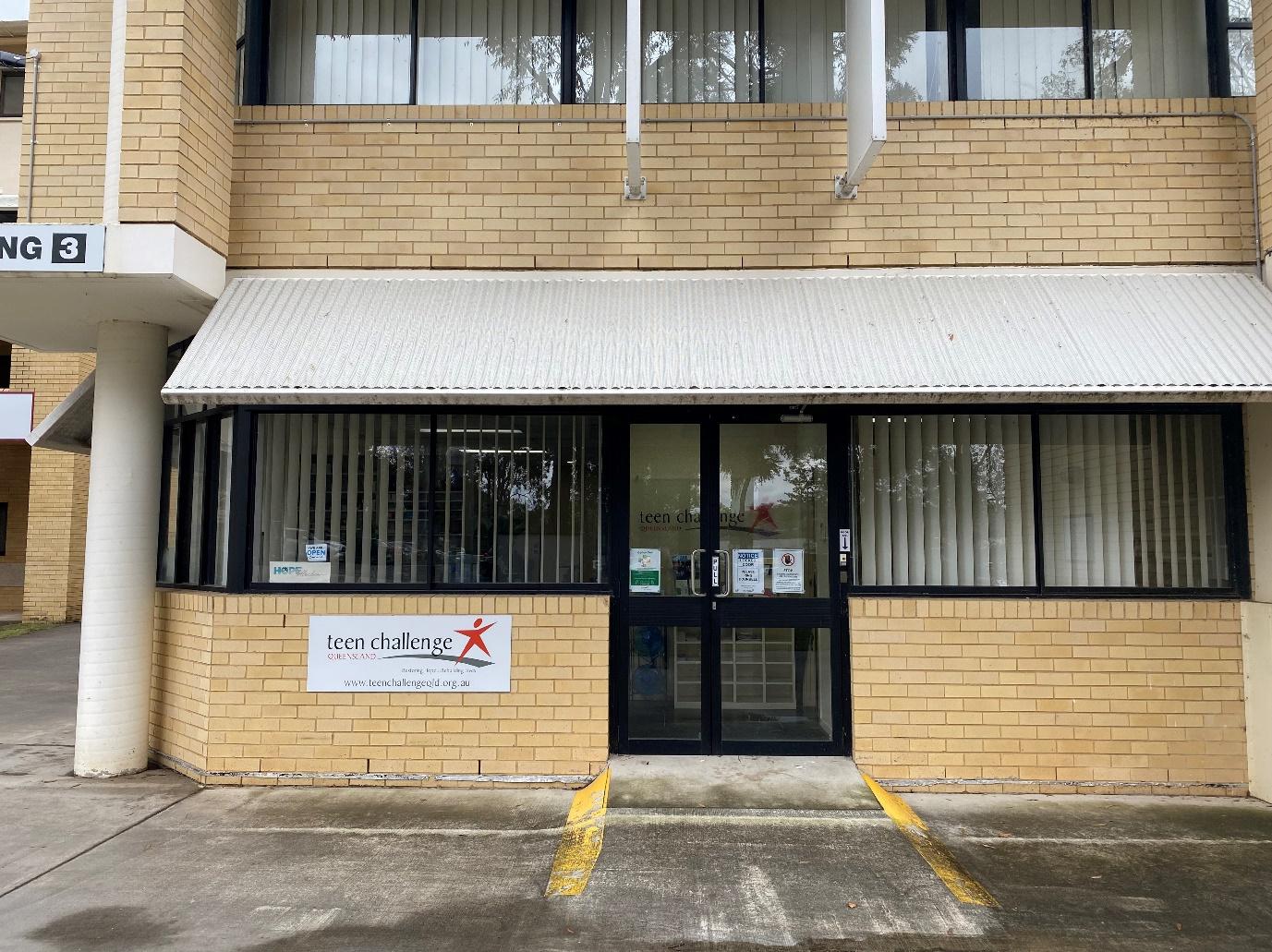The Beginning of a Pilgrim’s Progress in Australia and The United States of America
In The Pilgrim’s Progress (1678), Bunyan’s classical work of Christian thought, ‘Christian’ starts his journey from his hometown, the ‘City of Destruction’ (“this world”), to the “Celestial City” (‘that which is to come’: Heaven) atop Mount Zion. It would be unfair and not true to see the City of Brisbane as a place of destruction, although destructions do happen on the landscape and in the souls of the city’s residents. Brisbane was a site of a Christian construction, and, in fact, of many such continuing constructions, and thus the Puritan’s worldview is greatly in error, if we do not have a generosity of spirit to a liberal reading to the story.
I, the author, say this, for the essays, and the forthcoming book, since Christian fundamentalists and Post-Christian rationalists form two opposing groups of persons who do not usually expresses generosity to a liberal reading. This essay is an historical overview. Most of what is presented can be literally read as the empirical observations (but not all). The reader, though, is warned that there is a sojourn ahead, one that is full of the dangers of allegory and metaphor. It may seem strange, but the use of allegory and metaphor is the pathway to de-mythologising what has been taken as “history of Teen Challenge Inc.” as the antidotes account. This is history, not myth. However, one must understand truth in myth, what allegories and metaphors signal.
A history needs to have a beginning, and so we turn to Brisbane, 1956. Our local pilgrim, Charles Ringma had just completed scholarship at the Murarrie State School. The following year, the young Charles begins his apprenticeship training course as a compositor and typographer at the Central Technical College, located in Brisbane City. In the same year, in another, a better-known city, New York City, the infamous event of the Michael Farmer Murder has occurred in Manhattan. It becomes a national newspaper sensation for the United States but is almost not heard across Australia. Charles is too busy in his work as an apprentice at the printing firm of Jackson & O’Sullivan in Queen Street.
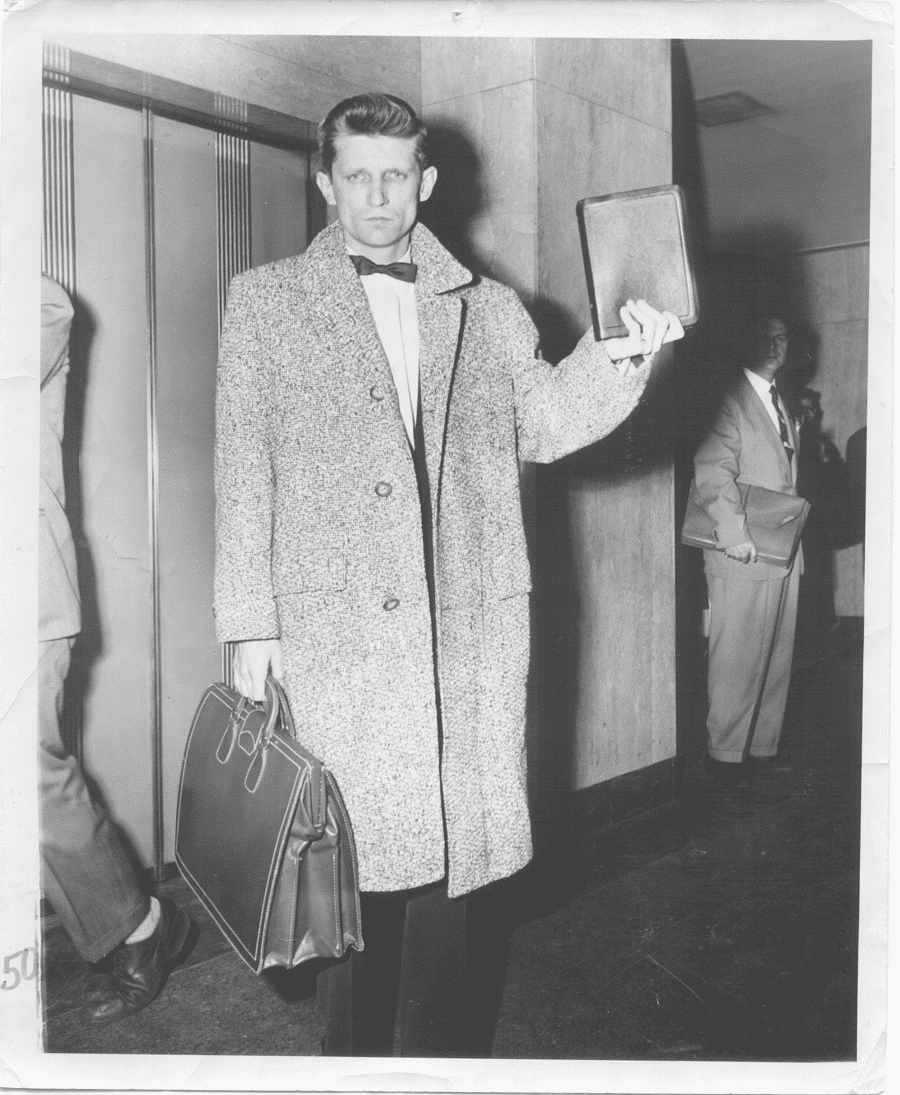
Figure 1. David Wilkerson in NYC 1958. Source: teenchallengeusa
In February 1958 in Philipsburg, Pennsylvania, an Assemblies of God (AOG) minister, Dave Wilkerson, our second pilgrim in the story, does hear the voice from the newspaper, what he would describe as the ‘Call of God Moment’. It calls him to reside in New York City for a few years, initially to try and convert the alleged murderers of Michael Farmer. On Tuesday, 8 July 1958 Wilkerson got his inspired moment with a dashing-but-less-than-convincing court room performance at the opening stages of the trial. Undeterred and waiting on God’s guidance, the turning-point came with the conversion of Nicky Cruz at the St Nicholas Arena Rally, the first of a series of revivalist meetings that Wilkerson organised with several AOG ministers on Manhattan Island. Within two years the mission was becoming a permanent entity. On Saturday, 10 October 1959, a meeting of 20 Manhattan Assemblies of God pastors, led by Reg Yake and Frank Reyolds, was held at the Manhattan Glad Tidings Tabernacle. Note, the ‘Manhattan Glad Tidings Tabernacle’, because later in the story we will find the Brisbane Glad Tidings Tabernacle as another central marker. The 1959 Manhattan meeting agreed to organisational support of Dave Wilkerson, the start of the Teen Challenge (“Teen Age Evangelism”) movement. Dave Wilkerson dates his ‘Vision for the beginning of the Teen Challenge Ministry’ on Thursday, 15 December 1960.
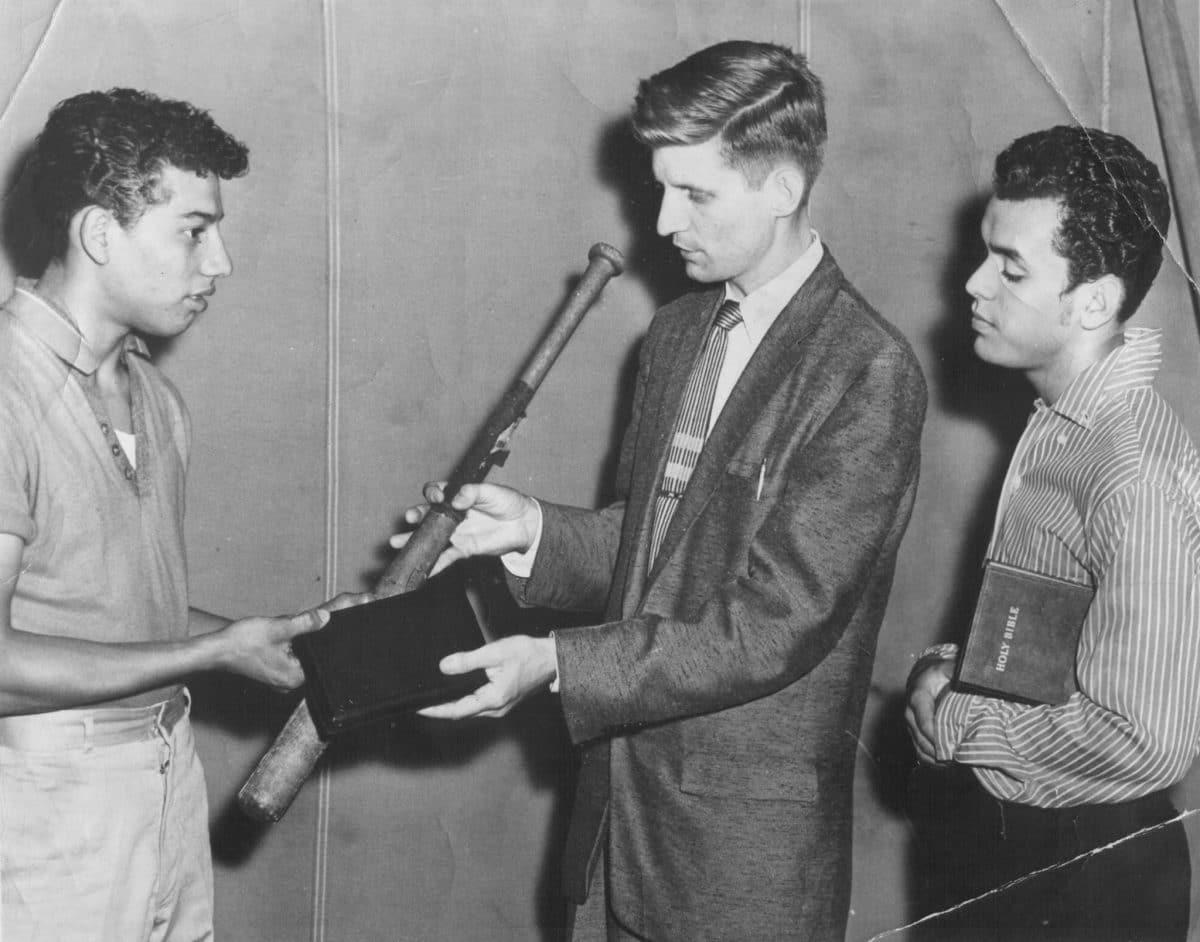
Figure 2. Dave Wilkerson and the New York Youth Gang Conversions, 12 July 1958. Source: teenchallengeusa
The Days of “Teen Challenge Inc. Antecedence.”
Across the Pacific Ocean in the same set of years something else extraordinary was happening. In his early years in Australia, aged 14 to 16, Charles had a heighten anxiety. He felt that he had no experience of faith. Despite his strong theological environment – an immigrant Dutch family of the Reformed faith – he did not believe he was a Christian. The youthful resolution of such anxiety came in the commitment to Jesus Christ at the Leighton Ford staging of the 1959 Billy Graham Crusade at Milton Tennis Court. Aged seventeen, Charles quickly became the youth leader at the Reformed Church in Toowong.
The year 1959 saw the opening of the first world Teen Challenge facility, at 416 Clinton Avenue, Brooklyn, New York City. During year, Wilkerson’s sister, Ann Wilkerson, also organised the first coffee houses of the Teen Challenge movement. In January the following year, came the first training session of Teen Challenge at Brooklyn of 20 students from Central Bible College, Springfield, Missouri, and Lee College, Knoxville, Tennessee. Meanwhile Charles was finishing his apprenticeship training course at the Central Technical College and work at Jackson & O’Sullivan. Upon that completion, Charles, and his wife and dedicated co-collaborator, Rita, became welfare workers-missionaries with the Presbyterian Church, working amongst Indigenous communities in Western Australia. It was a big move and marked a pathway away from the ethos of the Toowong Reformed Church.
Charles and Rita had begun their missionary work amongst First Nations in Brookton, Western Australia, working in general welfare, pastoral care, and preaching. In these same few years Dave Wilkerson was building something much bigger than a ‘convent-type’ recovery centre for drug addicts seeking conversion and rehabilitation from a drugged life. In June 1962 Wilkerson had his vision for the Rehrersburg Center, Pennsylvania, the first Teen Challenge training center for men. In that year Charles had begun a full-time ministerial training course at the Reformed Theological College, Geelong, Victoria, Australia; leaving behind Presbyterian work amongst Indigenous communities in Western Australia.
When on 28 February 1963, which saw the publication release of Dave Wilkerson’s The Cross and the Switchblade, Charles was working as a part-time high school teacher at Geelong Junior Technical College, teaching English and Social Studies. A major theme in this historical story is the tension between education and publicity. The history is that Friday, 5 March 1965, building on the initial publication success among American Christian communities, the Teen Challenge organisation was placed on the global map. It is the release date of the edition of Life magazine which had the article profiling Dave Wilkerson and the Teen Challenge New York work. Any grand enterprise is the accumulation of the educative experiences, of those many humble persons and the fanfare seen in glossy publications. On the ground, the year 1965 saw the opening of the first Teen Challenge facility for a women’s program, at 380 Clinton Avenue, Brooklyn, New York City. And on this side of the Pacific Ocean, Charles finished his teaching at Geelong Junior Technical College, and in 1967 was awarded a Th. Grad. (Hons.) degree from the Reformed Theological College. Without the publicity of 1965, this story would have been impossible, however, the myth of Teen Challenge sadly clouds the power of the story. It is the revivalist error where the thinking is ahistorical – far too immediate and conflating events and lives of many persons.
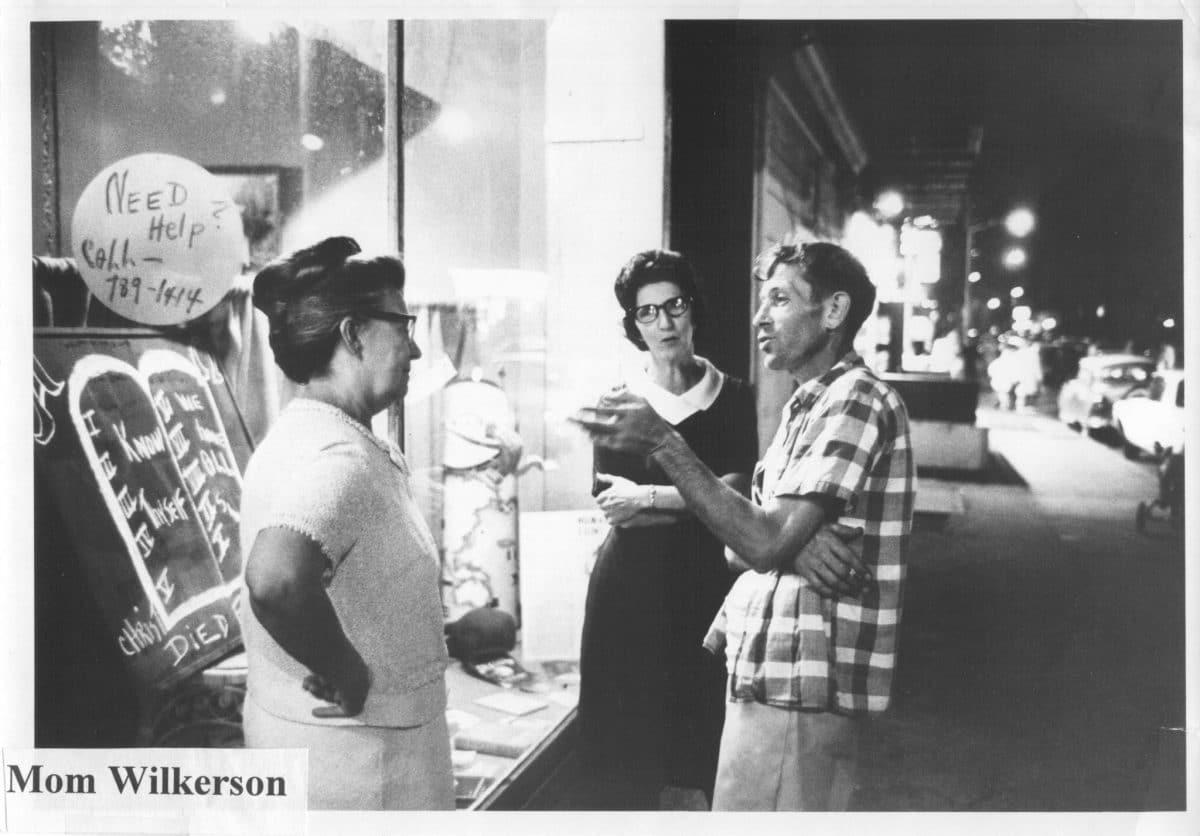
Figure 3. Ann Wilkerson and the Teen Challenge Coffee House Ministry, 1960. Source: teenchallengeusa
The year 1967 is when ‘Jesus Movement’ made its earliest impetus. The Jesus Movement was originally on the West Coast of the United States in the late 1960s and early 1970s, and simultaneous became global with the help of daily international media reports. The movement, however, was one among several parallel developments happening in the same years, globally in churches and parachurch organisations. The Charismatic Movement had already been in full swing in the United States for about a decade. In Australia the Jesus Movement and the Charismatic Movement overlapped, often involving groups of the same persons. The difference was that the Jesus Movement centred on the idea of a socio-political Jesus from the Gospels of compassion, as opposed to that of westernised prosperity. The Charismatic Movement was more socio-politically conservative and tended to be kept in the confides of conventional Neo-Pentecostal churches or parachurch organisations. An overlap was maintained up to circa 1975. After that time tensions between the Evangelical Left and Evangelical Right broke the informal compact. Neo-Pentecostal churches were driven by the Prosperity Doctrine and the American Revivalist Business Model, as seen in the Megachurch growth of the 1980s and 1990s.

Figure 4. Charismatic Renewal in the Jesus Movement Setting. Source: Teen Challenge Inc. (Qld)
In 1967, just as these charisma experiences were beginning for Charles and Rita, Charles completed a course in linguistics with the Summer Institute of Linguistics at Emmanuel College, at The University of Queensland. Briefly, Charles and Rita were looking for new beginnings, moving between Queensland and Western Australia for about two years. In 1967 Charles had been appointed Probationary minister at Broomehill, Western Australia, for the Reformed Church, but the relationship broke down between the Ringmas and the conventional Church. Charles and Rita’s thinking had changed through their experiences of the Holy Spirit, that is, the spirituality via the beliefs in the historical Jesus and historical charisma. A spirit of change did not sit at all well with conservative Reformed theology of the ahistorical-thinking conventional churches. History is change, not frigid dogma.
In 1968 the movement of the Holy Spirit brought Charles and Rita to their new beginning in the City of Brisbane. Charles with a close friend begun a street ministry with a Drop-In Centre at the former convent in South Brisbane, known as the Good News Centre. By the following year, Charles, burnt with the unpleasant fallout in the Reformed Church, ensured to secure the support from the local Catholic and Methodist churches. As a result, Charles gained the necessary profile as ‘the director’ of the welfare agency, Good News Centre, working with alcoholics in South Brisbane. The friendship of Ivan Alcorn and the connection into the Lifeline ministry of the Methodist Church provided Charles with security of funding and reputation. Plans were put in place in Lifeline late 1970 for Charles to take on a much larger enterprise. For most of 1971, Charles was funded by LifeLine to undertake a ‘Drug Rehabilitation Study World Tour’, studying the impact of the illegal drug problem on young people and programs to repair the damage. His tour took him to the Netherland, the United Kingdom, and the United States of America. In the United States Charles was introduced to the Teen Challenge programs in New York, Philadelphia, San Francisco, Los Angeles.

Figure 5. The Way, or The Good News Centre, with Mark Lane and faithful friend, Carlos. Source: Teen Challenge Inc. (Qld)
The Beginning of Teen Challenge Inc. Australia
On his return to Brisbane, Queensland, Charles wasted no time. In December 1971 the processes began, with LifeLine’s support, creating Teen Challenge (Brisbane) Incorporated, with Charles as its Australian founder, coordinator, and executive director. A few months earlier, conversations between Charles and Rev. Bob Barnett, the Philadelphia Director, and the national Executive Director Don Wilkinson, had secured the initial plan. Charles stated that he would be recommending, in his report to Lifeline, to adopt the Teen Challenge model. The two events: 1) the securing the agreement with the USA Teen Challenge organisation for the brand and adoption of their programs, and 2) the guiding hand of the LifeLine Queensland organisation, created a global opportunity on a local setting.
By the end of 1971 “His Place” Coffee House, Elizabeth Street, Brisbane City, as a Teen Challenge community outreach had been put into place. ‘The Way’ became Teen Challenge’s more intensive support service, and their home base; a re-development of the Good News Centre. With LifeLine’s main service being phone counselling, a 24-hour hotline and counselling facility was set up for Teen Challenge’s Elizabeth Street facility.
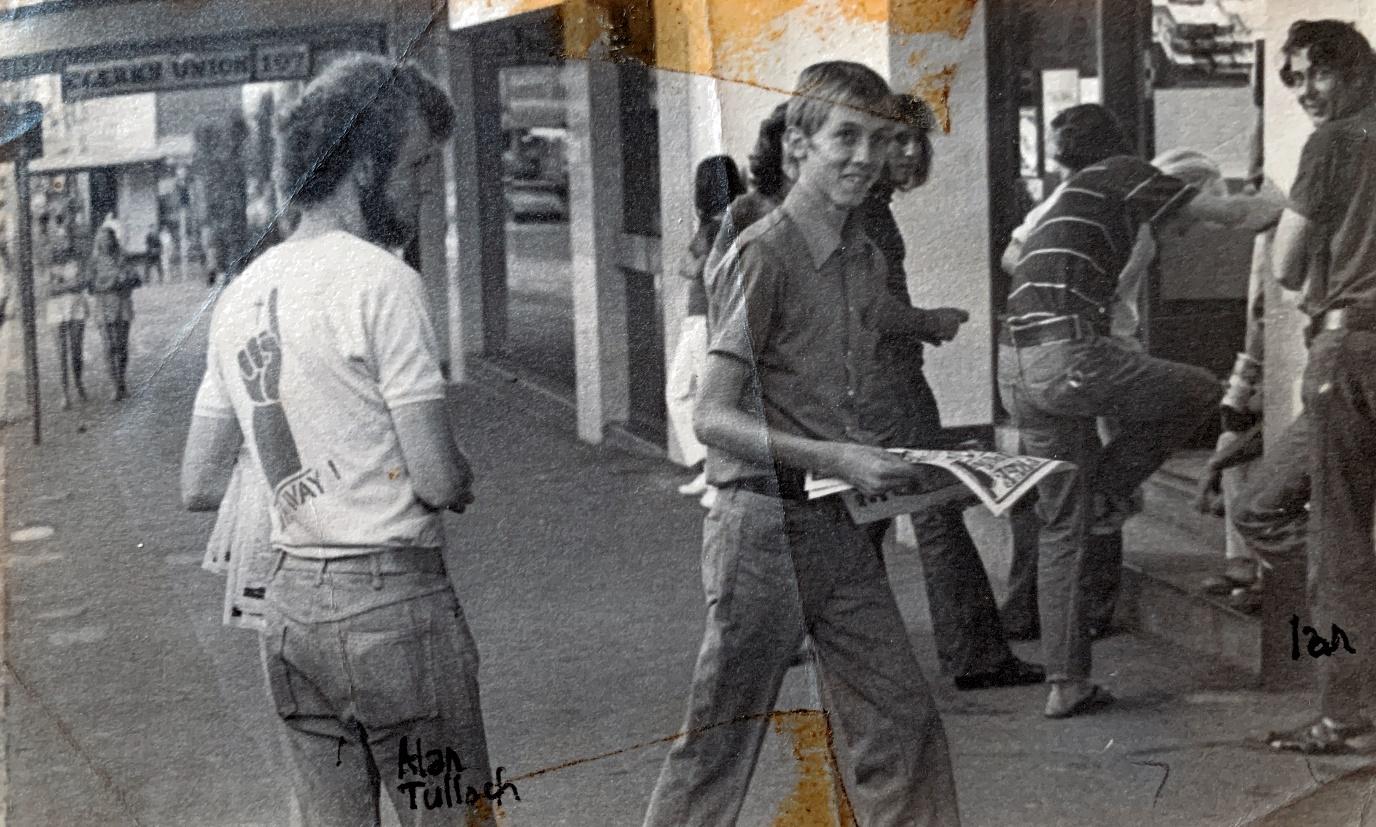
Figure 6. Entry to His Place, Elizabeth Street, Brisbane City. Source: Teen Challenge Inc. (Qld)
Within a year Teen Challenge Inc. was an established entry on the local church and parachurch scene. In October 1972, the organisation had completed the Cooroy State High School I.S.C.F. Outreach. In December (9-10) the Jesus People Secondary School Camp, Caloundra, was held. In the first few months of operation Teen Challenge leaders were coming to the fore. In February, John Healey and Jenny Deeth were appointed among the first official Teen Challenge workers. In May John Healey began his training for two and half months at the San Francisco Teen Challenge Center.
During the first year of activities, the Good News Centre formally rolled over into the Teen Challenge organisation. Work began on creating organisational infrastructure and a board, as well as registration. Incorporation of Teen Challenge in Queensland was achieved. This was a process to find balance between the enthusiasm of the ‘Jesus Movement’ and creating an organisational structure which would keep the enterprise positively grounded. The Jesus People Secondary School Camp spoke to the former. Part of that popularist thinking was the axillary groupings inside the multiparous Jesus Movement, which included Neo-Reformed theology, or the antecedent form of Christian Reconstructionism. In the 1980s it came to bite hard – negatively – on the Jesus-oriented compassionate faith within the organisation. As such, there was a naive enthusiasm for the early writings of Os Guinness and Francis Schaeffer. The populist theology propagated a Christianised version of the outdated Oswald Spengler’s thesis (‘Decline of the West’). In July 1972 Chris Adams, a soon-to-be staff member, studied directly under Francis Schaeffer in L’Abri, Switzerland.
The year 1972 was significant for the organisation for several reasons. During the year came the American cinema opening of The Cross and the Switchblade film in 5,000 theatres. The year also saw the opening of the first Teen Challenge Outreach Centre outside of Queensland, at 87 Macleay Street, Kings Cross, Sydney. Charles and Rita toured North Queensland, spending time in Cairns and Kuranda. The plan was to extend the organisation across populated areas of Queensland and where community drug problems were apparent. Although most of the organisation’s activities resided in South-East Queensland, important bridges were extended to the rest of Queensland. Following the Outreach and Counselling Training Seminar in Brisbane during January (15-19) 1973, Jesus to the Surfies Witness Camps (“Temporary Communes”) were simultaneously held (20 January-10 February) in the Gold Coast, Bribie, North Coast, and Cairns. A second Brisbane Outreach and Counselling Training Seminar was held in February (12-27). There was within the organisation, for these first few years, a stronger commune ethos. Several staff members lived together in the former South Brisbane convent (‘Good News Centre’). At the lived-in centre, a 10 cents-a-week periodical was produced, Jesus Paper. Copies were distributed in March at the Nimbin Age of Aquarius festival.
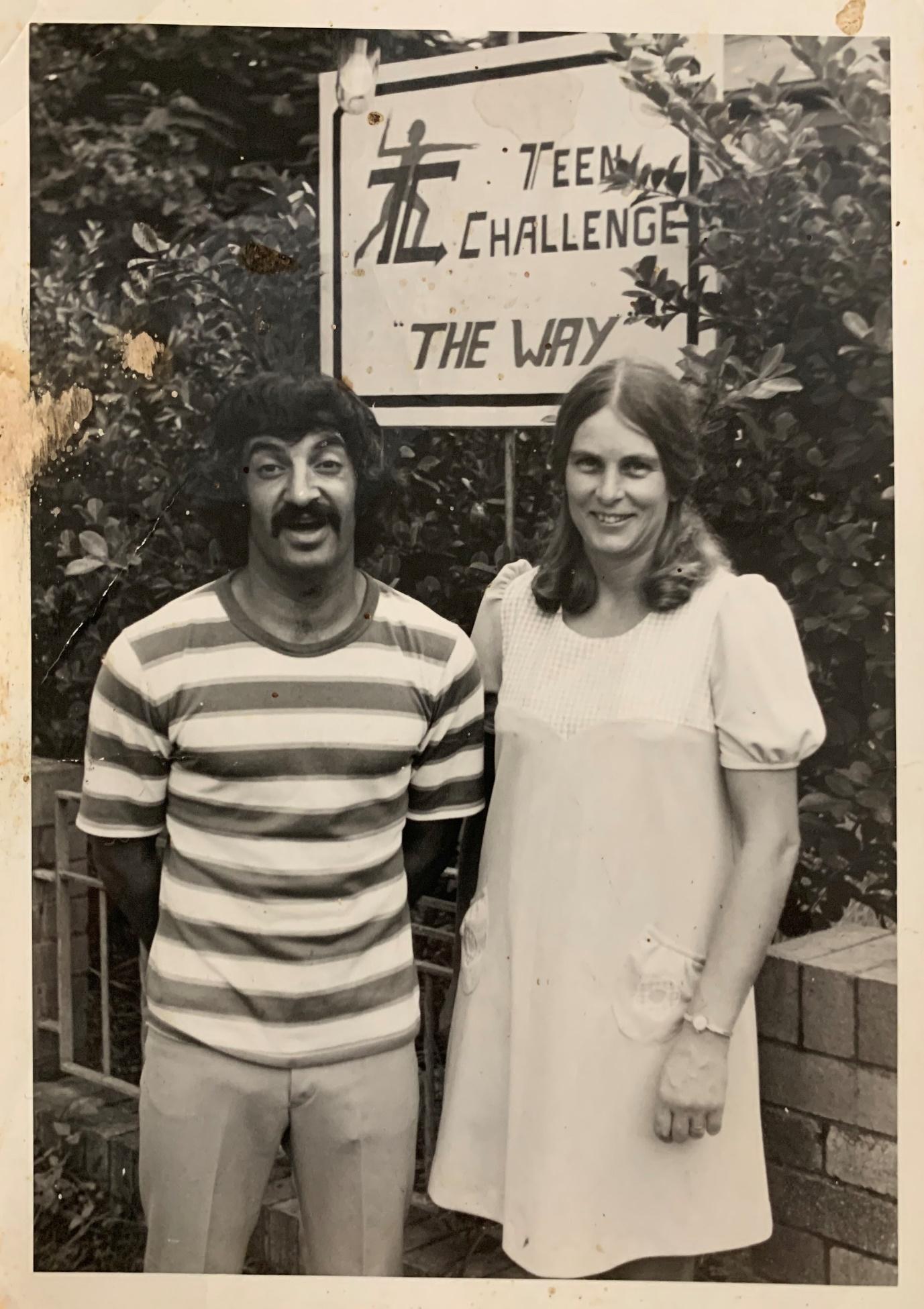
Figure 7. Peter and Dot Lane outside ‘The Way’. Source: Teen Challenge Inc. (Qld)
With John Healey appointed Teen Challenge Rehabilitation Director in January 1973, new staff members and volunteers joined the organisation. Peter Justice begins work at Teen Challenge, Brisbane, in January. Cathy and Greg Job joined in February. A major boost came in April when De Vore Walterman, Executive Director, American National Council for Prevention of Drug Abuse, spoke at a series of Drug Awareness meetings. Three talks spoke to what was occurring in Teen Challenge (Queensland) Inc. and helped to connect with the wider audience working in health and social work; with the topics as:
- “The Drug Sub-Culture and the Jesus Movement” (Thursday, 20 April, Lecture Theatre No. 1 Physiology, University of Queensland);
- “Causes for Drug Abuse. A Deeper Problem than Addiction”, and “The Drug Syndrome — Drug Abuse and their Effects” (Saturday, 22 April, Jacaranda Room, The Canberra Hotel, Brisbane City); and
- “The Big Marijuana Lie” (Monday, 24 April, Jacaranda Room, The Canberra Hotel, Brisbane City).
The title of the last talk expressed the conservative view that Teen Challenge organisation adopted, but it was in-line with the conventional view of the time, that soft-drug habits were the direct gateway to the hard drug habits. In 2021 medical views on marijuana are still contentious.
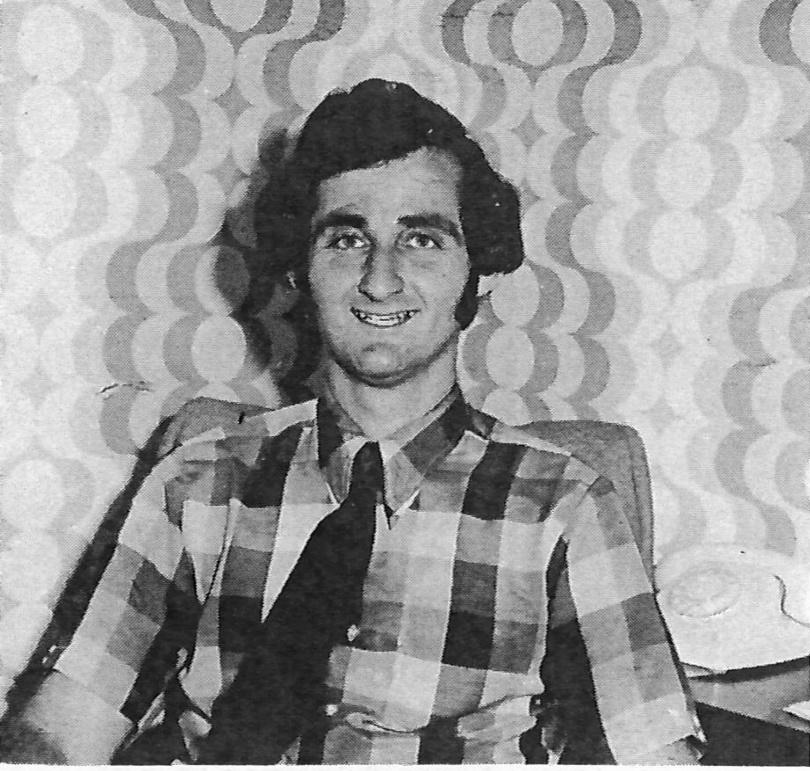
Figure 8. John Healey, circa 1977. Source: Teen Challenge Inc. (Qld)
By the end of 1973, across the nation, Teen Challenge was considered as one of the first-line alcohol and drugs support organisations with leading expertise. There were some reservations among members of the medical fraternity who had strong skeptical views of the Christian therapeutic model. In Queensland, though, outright opposition was the minority among the skepticially-inclined population. Globally, the Christian therapeutic model had been too well-established. Although medical opinions were important, the organisation’s main audience were churched youth while making connects with unchurched street youth. This theme was expressed at the 1973 Christmas “Accent on Youth Camp”, Beulah Heights, on the North Coast (25 December 1973-1 January 1974).
By the end of 1974, as the Jesus Movement started to wind-down, the organisation became more focussed on the drug prevention and rehabilitation programs. In that year the organisation took it next major step. The former convent site was sold, and a residential rehab centre was established in Enoggera. In previous years, the rehabilitation program was run in the South Brisbane centre and in the homes of staff members, such as the Ringmas. Greater formalisation of the program came from Charles and Rita with the new staff members Peter and Dot Lane. Around 1976 the first registered Rehabilitation Home for Teen Challenge Inc. at 106 Simpsons Road, Bardon, opened, and the program grew as a therapeutic family model.

Figure 9. Teen Challenge Residents having a Night Out with Pete and Dot. Source: Teen Challenge Inc. (Qld)
Beyond the Americanised Jesus Movement but Following Jesus of the Gospels
For the next several years, the organisational structure continued to improve, and services expanded with new ‘detached’ street workers, continuation of the 24-hour telephone service, the drop-in centre for counselling and support, the rehab program and drug prevention talks in schools. In 1975 new staff members Gary and Lorna Swenson opened the Teen Challenge Girls Home in Red Hill. The organisation continued to strengthen links with churched youth, particularly by informal social interactions during fund-raising events. An example was the Andrae in Concert, at Festival Hall, Brisbane City on Saturday evening, 4 December 1976. By then Charles had begun his B.A. degree studies part-time at The University of Queensland, majoring in Sociology and Studies in Religion. The education would strengthen the leadership in the organisation. In only a few years ahead, with the guidance of supporter churches and parachurch organisation, social workers were employed or interned into the work. Education would also challenge the organisation. Several members in the organisation were taking on education, while other members retained a conservative and populist form of quiet skepticism. Fundamentalist in disposition, Queensland Protestant churches had long been plagued with congregations who dared not openly push their hard biblicism but worked against the “liberal” church leadership in covert “spiritual warfare.” In late 1977 it became a more open and political form of ‘warfare’.
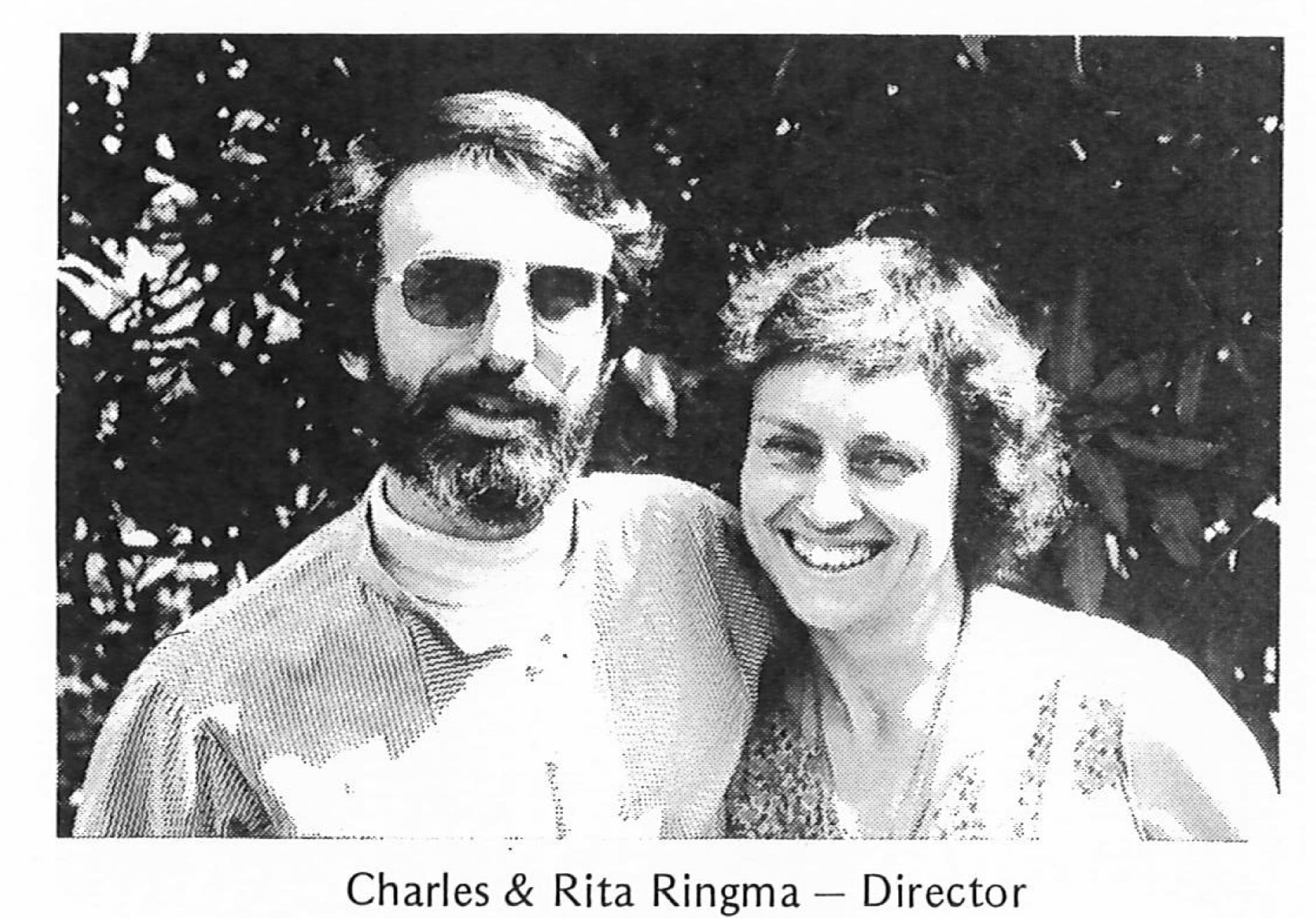
Figure 10. Charles and Rita Ringma, circa 1977, at the time of the Queensland Christian Churches’ Crisis of Faith. Source: Teen Challenge Inc. (Qld)
Charles and the Teen Challenge leadership came to realise, through ‘the word on the street,’ and through Ray Whitrod, the Queensland Commissioner of the Queensland Police Service, the extent of the corruption of the Police Force. Terry Lewis, the Assistant Commissioner, and his friendship with the extremely naive or corrupt Premier of Queensland, Joh Bjelke-Petersen, set in motion a series of actions which would be infamously historic for Queensland. With Whitrod resigning in protest in 1976 at the corruption which by then endemic, Bjelke-Petersen appointed Lewis Commissioner. The disgraceful chapter of history progressively worsen until the Fitzgerald Inquiry (1987–1989) and the abortive trial of Bjelke-Petersen (1991-1992). Charles and the Teen Challenge leadership, however, were ahead of the moral curve and had originally made Whitrod aware of the intelligence that they were getting from the streets, of police support and participation in criminal activities across the illegal drug scene. Charles and other Church leaders had meetings with Bjelke-Petersen to expose the problem of police corruption, but the Premier only promised to look into the matter and had clearly dismissed the concerns.
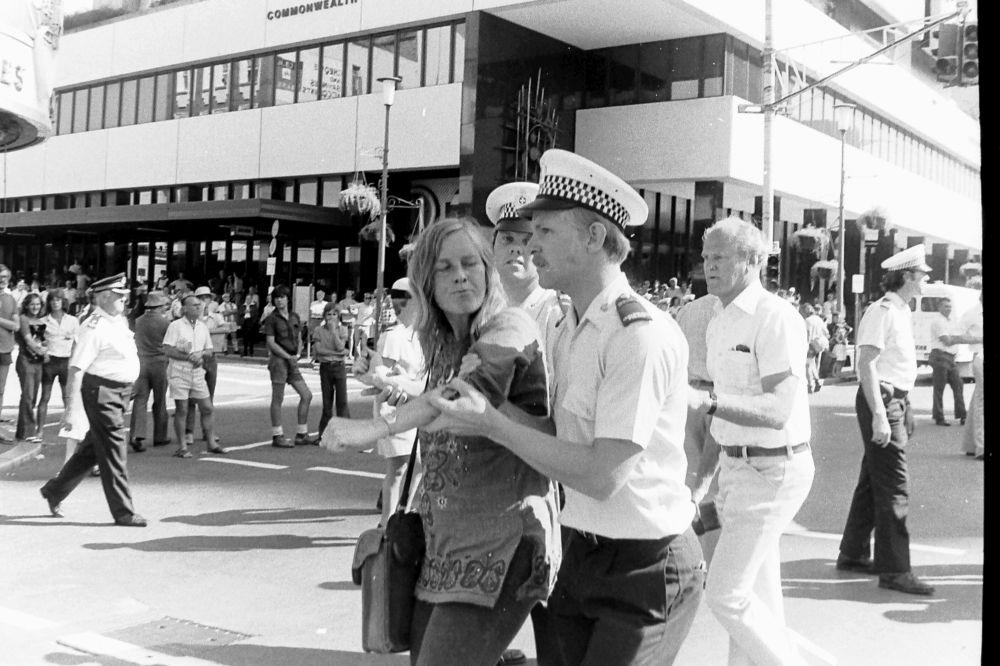
Figure 11. Street Demonstrations and Police Arrests in 1977, Protesting Against a Corrupt Police Force and Government. Source: State Library of Queensland
In late October 1977, matters came to a head. Charles, among the “liberal” Church leadership, participated in the Right-to-March Street demonstration on Saturday, 22 October. It was not a lightly considered matter, coming with the National Party’s anti-democratic strategy of banning street marches, and during street violence from Queensland Police. The act of defiance was followed, on Wednesday, 26 October, in the publication in The Courier Mail, Queensland’s main daily, with statements from 16 Church leaders on the Right to March as a democratic proper position. Among the statements to condemn the government were those of Charles, and his friend, the state’s leading Christian ethicist, Noel Preston. It was too much for the conservative and too-conventional members of Teen Challenge and the supporter churches. Charles was roundly criticised for a brief time. The difficulty for the reactionaries was that they lacked the sociological and political language to justify the government stance.
The ‘unpleasant’ (a common word from Christian conservatives) episode appeared to be brief and the damage to the organisation was fleeting. Even in 1977, as tensions mounted, the organisation remain financially stable, so to see the acquisition of the Rathdowney Farm as a retreat facility. By April the following year, the conservative-liberal tensions had been completely forgotten. On Wednesday, 12 April, the Teen Challenge Ladies Luncheon had its guest speaker, Lady Phyllis Cilento, at the Five Continents Room, 5th Level, Lennons Plaza Hotel. The Nationalist establishment had forgiven Charles.
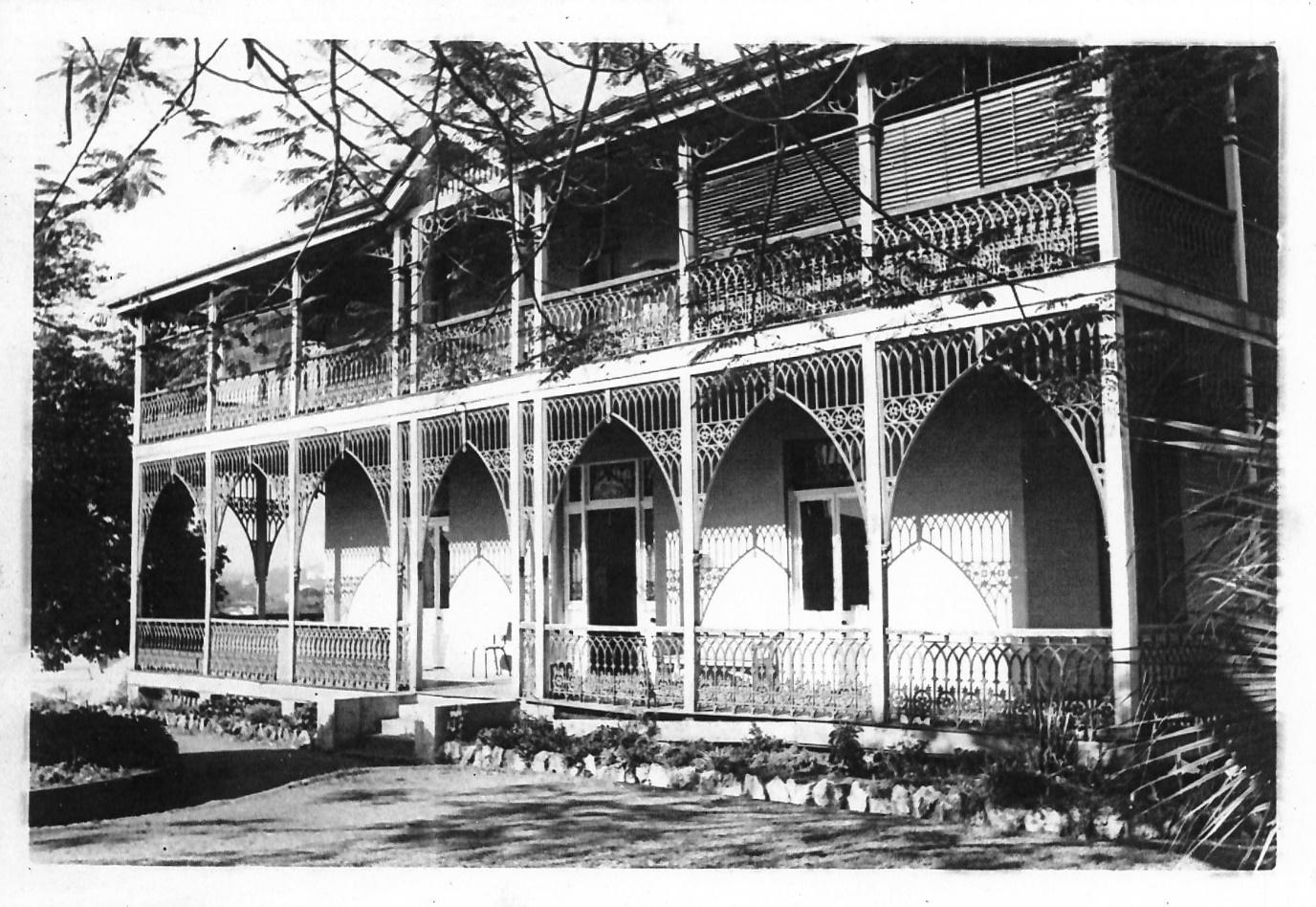
Figure 12. Primmer Lodge. Source: Teen Challenge Inc. (Qld)
The conservative Board members somehow patched up the relationship with the Bjelke-Petersen government. Bjelke-Petersen, himself ‘a devout Christian’, would have wanted to benefit the Teen Challenge organisation, to blunt the criticisms coming from the Uniting Church Queensland Synod. As a result, funding for the organisation greatly improved and the organisation was able to expand facilities. On Saturday, 13 May 1978 saw the opening of Primmer Lodge at Taringa, the emergency accommodation and work program, with guest of honour, Minister for Welfare, John Herbert. A few months later, in July, Hebron House, the crisis accommodation (up to two nights) facility at 356 Milton Road, Toowong, was opened.

Figure 13. Hebron House, Milton. Source: Teen Challenge Inc. (Qld)
By 1978, the attitudes in the medical fraternity were soften further, and Charles began part-time work as a clinical teacher in social medicine and drug abuse, with the Medical School, The University of Queensland. It was not the only institution which had difficulty with the compassionate view of Jesus of the Gospels. In the same year Charles pioneered Jubilee Fellowship, an inner-city community and interdenominational church, as its part-time minister. Charles came to the spiritual enterprise reluctantly. His original commitment in the organisation was to direct graduates from the rehab program to the established local churches. However, these graduates came to Charles to say that, as inheritors of street culture, converted or not, they were made very unwelcomed in the local churches. Jubilee Fellowship became a necessary spiritual home.
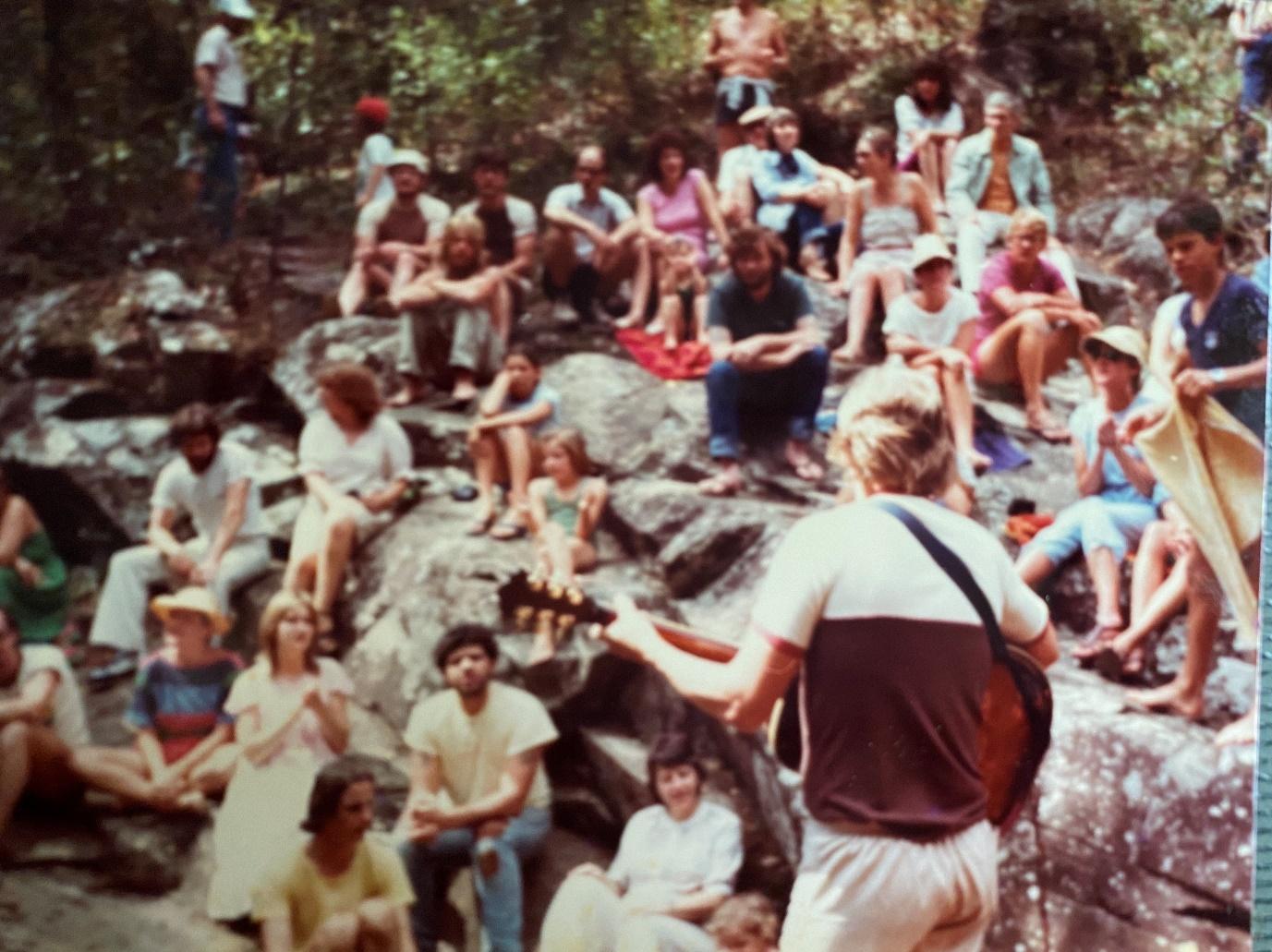
Figure 14. The Birth of Jubilee Fellowship. Source: Teen Challenge Inc. (Qld)
The Ringma Reformation of Teen Challenge Inc.
In 1980 the organisation was increasing its professionalisation. In May the Teen Challenge Counselling Team was officially formed under coordination of Harvey Whiteford. At the same time the Rehabilitation Appeal was launched. The Placement of Adolescents in Families (PAF) Program was also designed by Charles Ringma during the year. What capped off the fresh push of re-development was the National Teen Challenge Diploma Training Course (one year long). Education became a major function in the organisation and Charles took on the role of the National Director. Social worker Brendan Scarce was appointed the full-time chaplain and played a much larger leadership role in the organisation (1981-1984). The national training course originally drew interstate students to Brisbane, but eventually the national course expanded to include interstate Teen Challenge’s locations. By the end of 1980 Charles had received a 4BC Golden Award for Excellence for community service through the work of Teen Challenge.
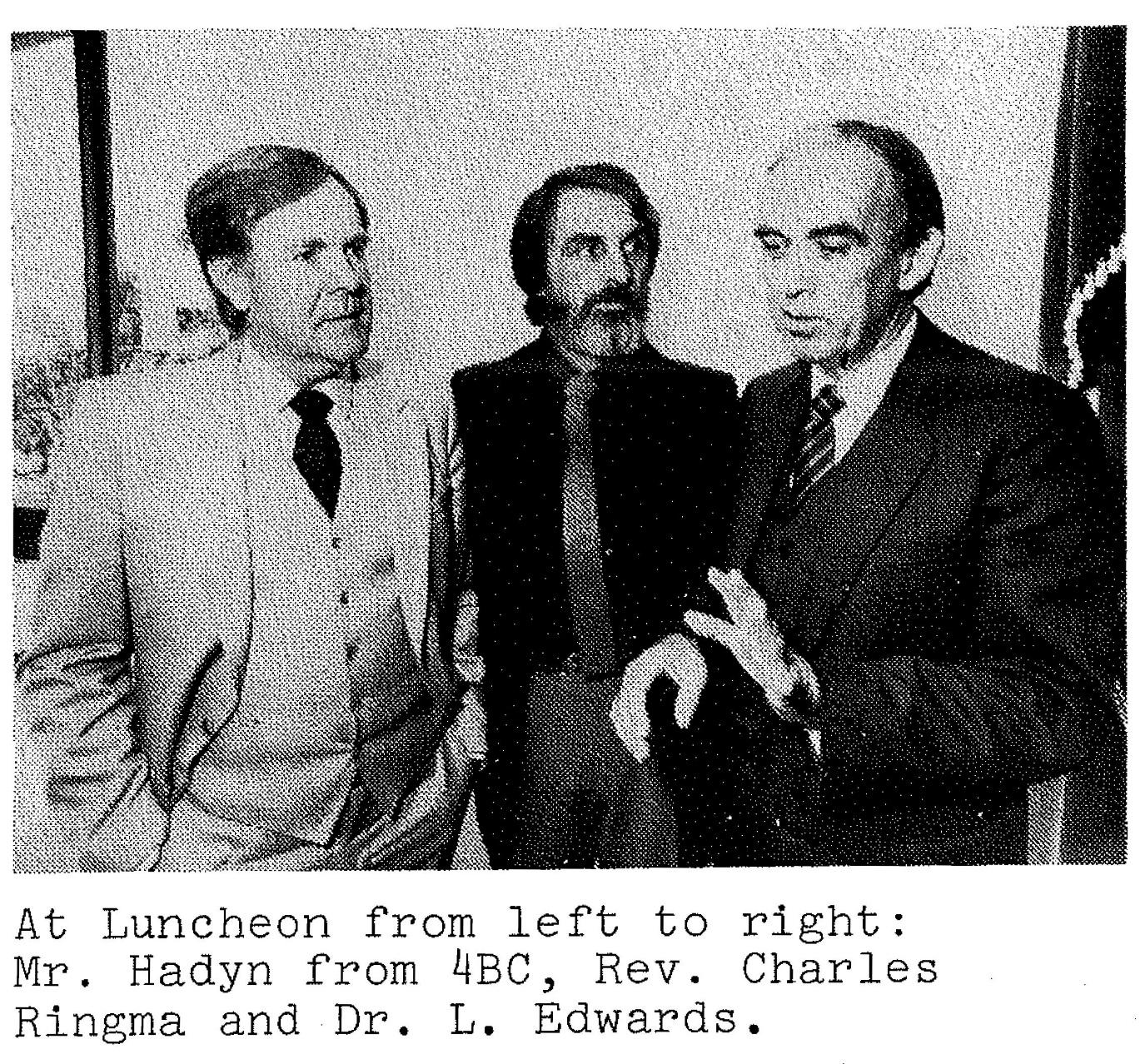
Figure 15. Charles Ringma and the Conservative-Liberal Community Connections, circa 1983. Source: Teen Challenge Inc. (Qld)
The following year marked Teen Challenge 10th Year. A Reunion Banquet was held, with guest speaker Sonny Arguinzoni from Victory Outreach Los Angeles, at the Greek Community Centre, South Brisbane (18 September 1981). It was not only a time of looking back, but the year also marked the beginning of Koinonia’s long term lease. Koinonia, a heritage home on the banks of the Brisbane River at Graceville, was the new twelve bed residential rehabilitation centre. It was a significant place for the organisation. With a residency over the short four years (1981- August 1983) of ‘clients’ and staff members, as well regular guests, who crossed-over the organisation and the life of Jubilee Fellowship, Koinonia was the significant hub of the organisation. Among the staff members living on the site were Neil Paulsen, Sue Paulsen, Roy Calic, Lyn Calic, Margaret Robertson, John Moutou, Mike Bellas, Mike Power, Chris Cummings, Neville Buch (the author here), and many others.

Figure 16. Koinonia Drug Rehabilitation Home, Graceville. Source: Teen Challenge Inc. (Qld)
The profile and reputation of the organisation was ever increasing in these years with a larger public engagement. On Saturday, 30 October 1982, Ted Watson, Pat Noller, Charles Ringma, and Peter Lane held a major One-Day Seminar on Sexuality and Today’s Christian. These types of public events strengthen the connections with local churches. The following month Greg Passmore, a well-known local Baptist pastor, spoke at the Teen Challenge and Jubilee Fellowship Camp (5-17 November) at the Neranwood Conference Centre. During the year Charles received a Certificate of Award from the Bardon Lions Club in recognition of outstanding community service.
By the following year activities were doubling. In January saw the first 12-month PAF course held by the Teen Challenge Training Institute (previously the scale was smaller and less formal). Camps continued such as the Teen Challenge Camp at Margate on the 10-13 June. Major public seminars continued, such as the “Outreach to Troubled Youth”, the Teen Challenge Training Institute Seminar at the Bardon Professional Centre (22-23 July). During the year Charles became a part-time lecturer at Commonwealth Bible College, Katoomba, New South Wales, teaching in Youth Ministry. And yet again, Charles and the organisation were awarded, this time with Charles receiving the 1982-1983 Lions District Governors Community Service Award for the work of Teen Challenge.
In July 1984 Charles retired as Executive Director of Teen Challenge (Brisbane) Incorporated, and, in the following month, Jean-Claude Boulenaz formally became new Executive Director. Seemingly as to mark the end of an era, on 21 September 1984, Leon Patillo performed his concert, at Chandler Weightlifting Theatre, to a generation of young people who had lived through the pop culture of the 1970s and the first half of 1980s. Paralleling the way the year 1975 had closed a chapter in the life of the organisation, the year 1984 marked another ending.
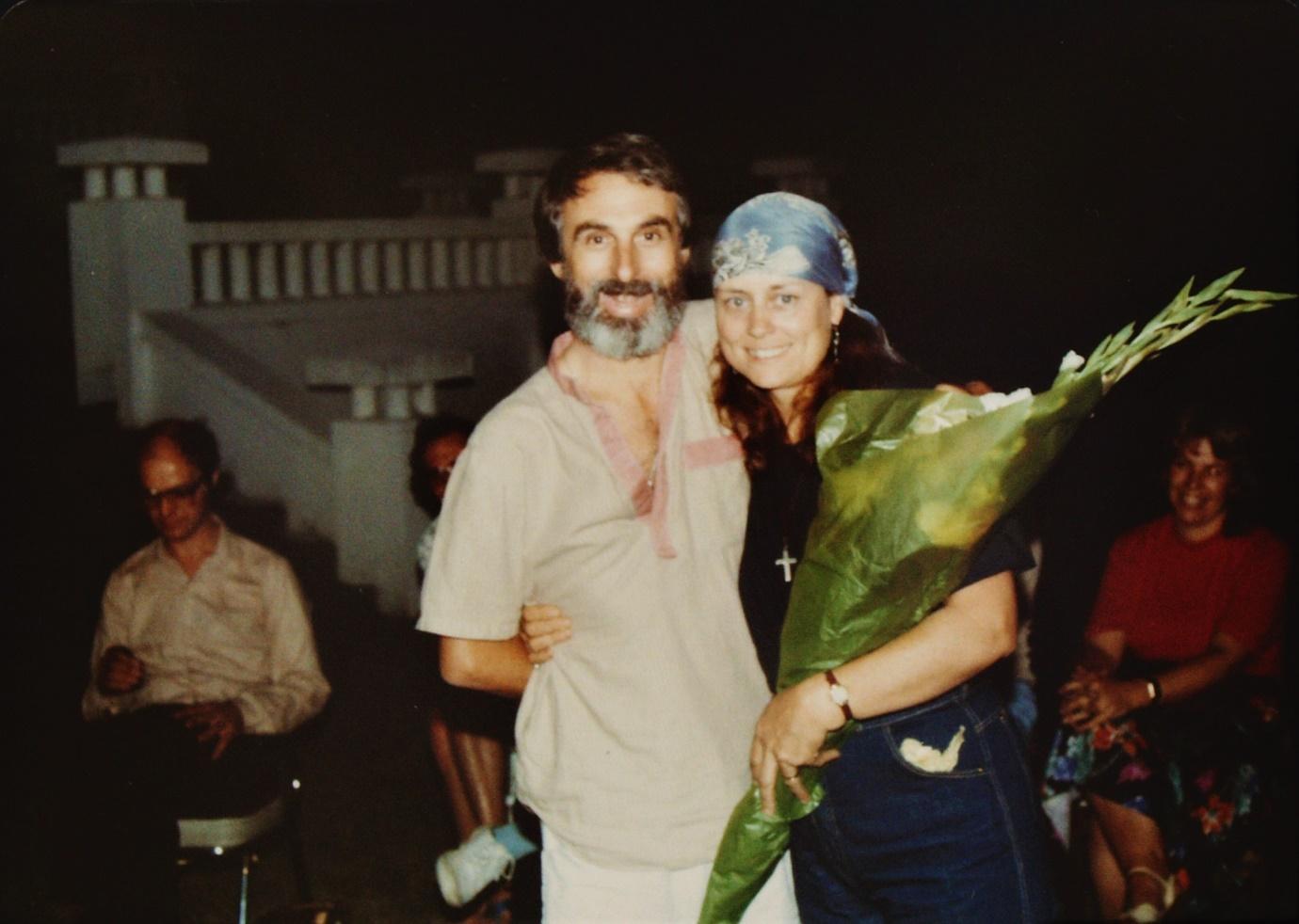
Figure 17. Charles and Rita Ringma, 1984. Source: Teen Challenge Inc. (Qld)
Although no longer part of the Teen Challenge leadership team, for the next forty years, Charles’ post-TC activities would filter into the maturing process of the organisation. In 1984 Charles finished his part-time work as a clinical teacher with the Medical School, and began his post-graduate degree pathway, part-time, at The University of Queensland majoring in Sociology and Studies in Religion. He would soon finish the M.A. (Qual.) thesis on “Towards a Sociological Approach to the Study of Early Christianity.” It was a sociological study as an outcome of the Evangelical radical discipleship model, one that had been applied in Teen Challenge and Jubilee Fellowship. Charles would continue to develop a body of theological knowledge which greatly drew on the historical experiences of Teen Challenge. It feed into Jubilee Fellowship, rather than the post-1985 Teen Challenge. In 1986 Charles completed his Batchelor of Divinity degree at the Reformed Theological College at Geelong with a thesis on “A Critical Evaluation of the Ecclesiology of Dietrich Bonhoeffer.” In the same year he also began his Master of Literature Studies degree at The University of Queensland in Studies in Religion and Sociology majoring in the study of the “Hermeneutics of Dilthey, Gadamer and Habermas.” The larger work was completed as a doctorate with critical application of Gadamer’s philosophical hermeneutic to the hermeneutics of Feminist, Black and Liberation Theologies, awarded in 1991. In that year Charles steps back in his role at Jubilee Fellowship. The neo-liberal 1990s had arrived.
The Post-Ringma Teen Challenge Inc.
The following year (1985) from his “retirement”, Charles becomes a part-time senior research assistant in the Department of Social Work and Social Policy at The University of Queensland. His presence, though, would be inescapably in the ‘TC’ organisation. In August 1987 he would deliver the keynote address at the 4th World Seminar held at Glad Tidings Tabernacle, Fortitude Valley. He and Rita would attend several TC anniversaries. In the 1996 25th Anniversary Event, held at the Brisbane Convention and Exhibition Centre, South Brisbane, Charles was the guest speaker. The Ringmas were the guests of honour at the 2021 gala. With or without the Ringmas, anniversaries, such as the 10th Anniversary (Saturday, 15 October 1988) Celebration of Hebron House, held in King George Square, renewed memories of the Ringmas. The key question for Teen Challenge Inc. for the last half of the decade was how much of the Ringma legacy would continue and what new directions would the organisation take theologically, philosophically, and sociologically. In what follows is a brief sketch, with other essays picking up further details in the explanation.

Figure 18. John Lewis at Glad Tidings Tabernacle for the Official Opening of the Activity Centre, 1982. Source: Teen Challenge Inc. (Qld)
There were new activities which were reminders of the early days of the organisation. CareLine, the youth telephone counselling service, opened at the end of 1985. The volunteer counsellors that had completed the CareLine Training Course would ‘man’ these phones. The last years of Ringma era saw a development of the Activity Centre at Glad Tidings Tabernacle at Fortitude Valley. In 1985 a Youth Chapel was conducted each week at the Valley Activity Centre and was a creative outlet for the organisation ‘students.’ Success was renewed and awards were made. Even before becoming Executive Director, Teen Challenge worker Alex Spencer received 1987 Queensland Award for Youth Achievement by the Queensland Day (June) Committee. The new Executive Directors in the late 1980s and in the 1990s, Jean Claude Boulenaz (1985-1989), Alec Spencer (1993-1996), and Alan Le May (1997-2010) made their own particular mark on the organisation. Boulenaz had been the Manager at Primmer Lodge, and, during his governance, the full organisation worked closely with Brisbane City Mission. Under his guidance, the Redcliffe Counselling and Kedesh Male Rehabilitation Centre opened (8 December 1988), at 254 Flinders Parade, Sandgate. After his directorship, he and his partner, Rosa, turned to management work, Claude as Rehabilitation and Regional Director. Alec Spencer had been the Manager at Hebron House, which had been relocated to 15 Frasers Road, Ashgrove. Spencer’s governance was reflected in the development of the Macedonian Missions within the organisation, an evangelical platform. When Alan Le May had joined Teen Challenge around 1993, a great deal of reshaping of the organisation had begun, with a focus on three traditional areas – prevention, treatment, and training, and these main services included street outreach, high school programs, counselling, crisis and transitional housing, rehabilitation, and seminars. The reshaping was corporate. Over the following decades, in line with the global business culture, there were several attempts at re-branding and organisational re-structuring. With this re-structure, Le May brought a better regionalisation for the organisation, beginning with the opening of the Charters Towers rehabilitation centre.

Figure 19. The Valley’s Teen Challenge Activity Centre. Source: Teen Challenge Inc. (Qld)
New Directions in Teen Challenge Inc. and Christian Missions and Social Work, and the 1990s Globalisation.
The Australian organisation always kept the links with the American and global institutions. In May 1987 the links were renewed with the “Success Factors in Christian Rehabilitation & Discipleship Youth Workers Seminar (Saturday 9 May)”, with the speakers, Reg Yake, Executive Director Teen Challenge Rehresburg, and Ray Elder, Public Relations Director, US Teen Challenge Training Centre, held at Brisbane City Mission, Brisbane City. With very negative fallout from the Neo-Liberal globalisation, the Christian mission world had been rocked and a new-radical pathways opened, along with an old continuous roadway. The old was the ‘bread and butter’ of the Teen Challenge organisation – the main services. The new was the greater call for action to alleviate dire poverty and challenge social injustice from corporate structures. Charles Ringma was, again, a central figure. In 1995 he was appointed Professor of Theology and Mission at Asian Theological Seminary, Metro Manila, and Charles and Rita Ringma worked in the Servants to Asia’s Urban Poor’s local retreat house. In 2000 Charles would be appointed an international elder for the global mission, Servants to Asia’s Urban Poor. Ringma’s new professional work was the major education for the renewed Christian mission. He was the recognisable figure for the field across the Asia-Pacific.
The global would have its local impact. In February 1999 a review of Teen Challenge’s branch operation program was conducted. It was found that it was no longer feasible or manageable for the outreach branch program to continue. Teen Challenge, therefore, rolled back its more hands-on involvement with churches, and instead created a youth outreach accreditation program. Other services were also rolled back.
A New Century of Teen Challenge Inc.
The rollbacks were also due to the vagaries of funding from churches. Some churched communities reacted unkindly to the rethink in Christian missions, locals trapped in the narrow and conservative conceptions of what was political and what was social, and too often voiced with negative semantics. Other communities were able to rise to the challenge. Thus, funding also was renewed, helped both by corporate re-planning and the philosophical-theological revaluations. The first achievement with the new funding was the opening of Teen Challenge New Life Centre, Toowoomba, in 2001. The purchase of the site had been made possible due to the generosity of Clive Berghoffer. Toowoomba became the new home for the rehabilitation work, supplement with the facility in Brisbane.
The heavy work delivered around two focuses of emergency accommodation and rehabilitation. In 2008 Hebron House changed to New Hope House, and Sean Solien became team leader. In the same the development of the Women’s Centre got underway, with design approvals from local Council finalised. Construction of the New Life Women’s Centre commenced in the following year. The Global Financial Crisis, though, caused great impact on donations which put the organisation under significant pressure. Several staff redundancies were a direct result. The construction of the Women’s Centre continued, but completion date was pushed back. Meanwhile the program was restructured with a new nine-week re-entry phase for clients, located in Cedar Creek, Samford. This re-entry involved a combination of work, financial responsibility, learning new skills (building and landscaping) and re-engaging back into their community on weekends. However, this program was terminated due to council restrictions, and the re-entry phase was relocated back to the New Life Centre, Toowoomba. Craig Watson was appointed Manager of the New Life Centre, and Hebron House fell under the leadership of Alanna Fraser as becoming a part of the new Outreach division.

Figure 20. Charters Towers Drug Rehabilitation Home. Source: Teen Challenge Inc. (Qld)
The major restructure for the organisation came in 2002, with the establishment of Teen Challenge Care (Qld) Ltd and the establishment of Teen Challenge International (Queensland) Inc. The change was as result of operational requirements from new charity and corporate Queensland legislation. Direct funding to the organisation as a charity had to be kept as a separate accounting to funding available to the corporate entity. It removed some of the risk for financial corruption. Examples of the former was the Tour De Freedom Bike Ride, and the community workday, first implemented in 2007. An example of the latter was the Teen Triple P Positive Program (began 2009) delivered by Outreach Services in partnership with the state Department of Communities.
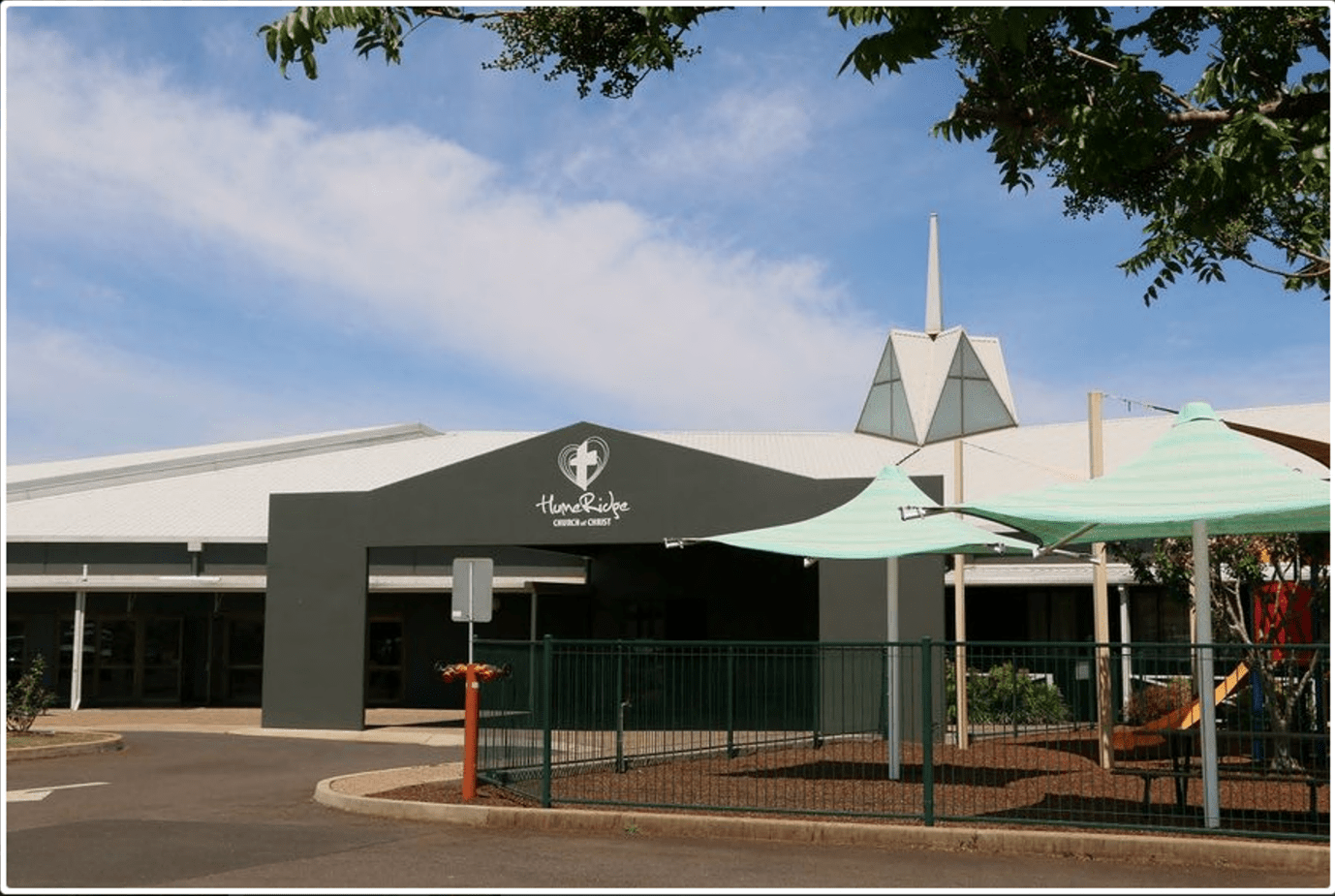
Figure 21. Hume Ridge Church, Toowoomba. Source: Teen Challenge Inc. (Qld)
The Recent Decade of Teen Challenge Inc.
In 2009 Teen Challenge began looking at appointing a new Executive Director to replace Alan Le May, who finished his time the following year. The year, 2010, was when the global founder, David Wilkerson, passed away, and Joanne Hobbs was appointed as the new Executive Director. The decade began with the operational opening (10 November 2011) of the New Life Women’s Centre, with two full time staff, a team of volunteers, and two clients. Jo formally began her role in April 2011. Other staff members joined the organisation in a new chapter. Christine Richardson started as the Family Support Worker. The official opening ceremony of the New Life Women’s Centre came in March 2012, unveiled by Mr Kerry Shine MP.
In 2013 the Teen Challenge QLD (TCQ) celebrated eight years as a Registered Training Org (RTO) and continues to offer Cert IV’s in Alcohol and Other Drugs, Mental Health, and Youth Work. The CA. A Cert IV in Pastoral Care had also been added to the Training Services. In-service staff and volunteers were added to the organisation every two months. By 2015 training opportunities were rolled back, due to the decision not re-register for RTO (training registration), as the compliance requirements became increasingly complicated, and therefore not feasible to continue. The Cert IV in Youth Work or Ministry kept as an option for approved interns needed for the program completion.
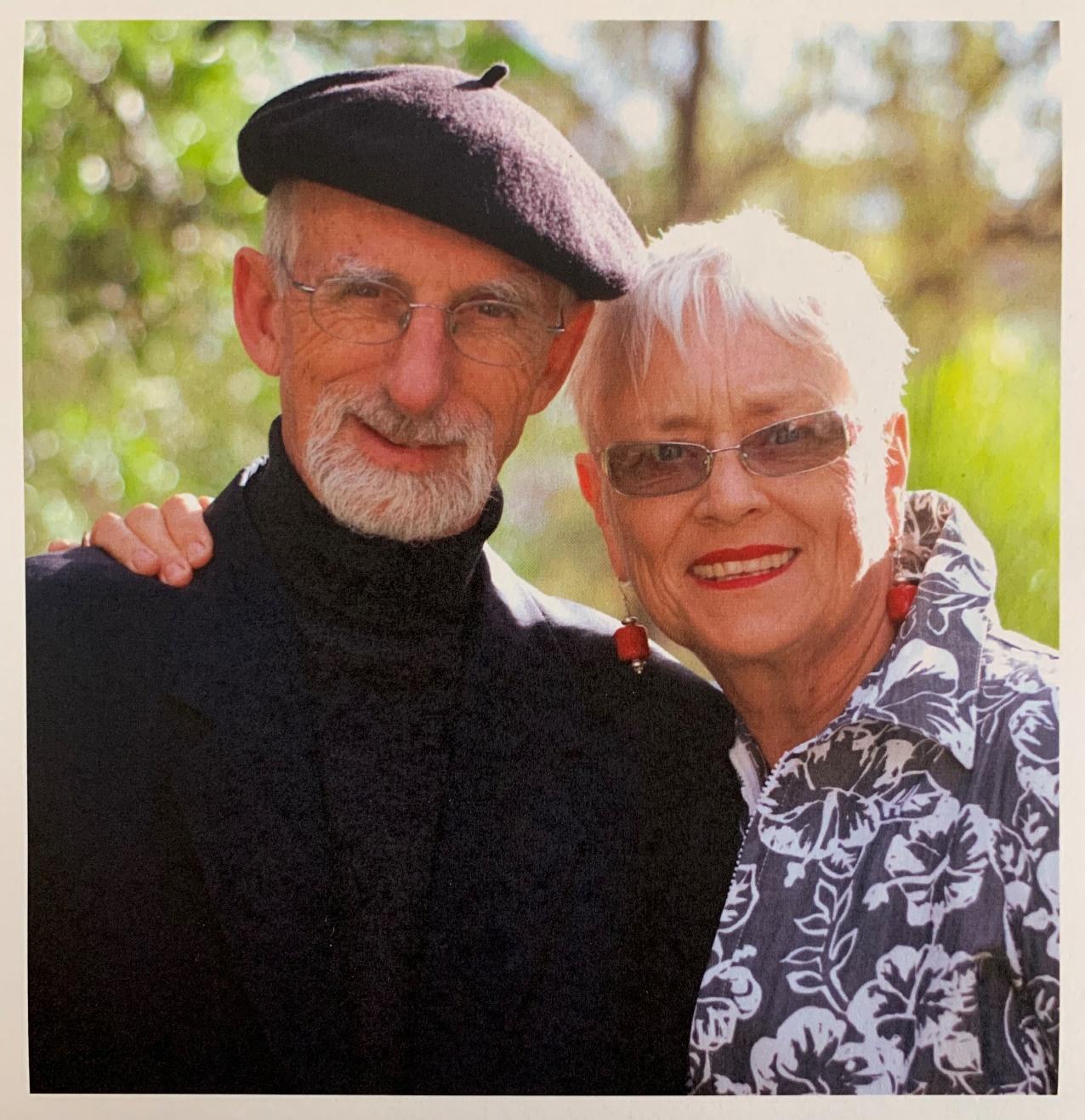
Figure 22. Charles and Rita Ringma Today. Source: Teen Challenge Inc. (Qld)
In these years the board had spent time strategic planning with Duncan Brown in order to accommodate TCQ’s purpose and direction. It would, unfortunately, see a decrease in Government grants. Alternative funding was sought. In 2015 the family sponsorships of students began. The Elite Athletes (five dedicated businessmen) raised over $100,000 for TCQ by hosting two fundraising dinners. Other fundraising events included, the Gala Dinner, the Toowoomba Garage Sale, other charity dinners, Ladies High Tea and more. This helped to fund new services such as the Life Recovery Day Program and the Arrowsmith educative program ‘Empowering Lives’ for children and adults.
Over the years the offices of Teen Challenge Inc. shifted from Bardon to Mount Gravatt and returned to South Brisbane. The Corporate Office shifted again from South Brisbane to Gaythorne in January 2016. Other facilities have also been established in recent years. In 2020 the Hope Collection Shop was launched. It has been three years since the 60-year anniversary (2018) of the global Teen Challenge phenomenon. During great change the Australian-Queensland story has remarkably proven the worth of a compassionate and dedicated organisation, a strongly related network of many persons.

